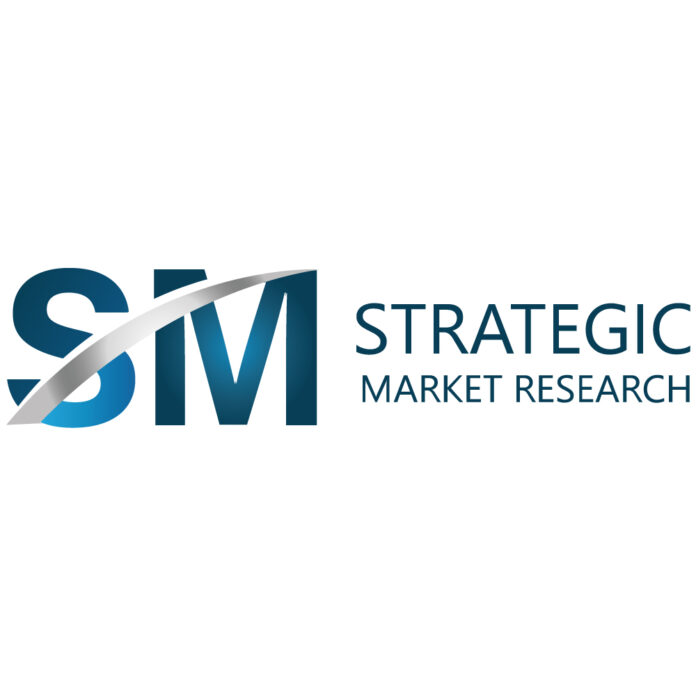Ligation is a surgical technique in which a ligature is tied around a bodily duct, tube, or blood artery. Protuberant lesions can be successfully treated with endoscopic ligation, which is frequently used to treat bleeding gastric, angiodysplastic, and esophageal varices. It is a viable method for eliminating lesions of the upper gastrointestinal tract. Additionally, it reduces the possibility of associated problems, including perforation and hemorrhage.
The market for ligation devices in 2021 was USD 992.94 million and will reach USD 1745.69 million by 2030 at a 6.47% CAGR during 2021-2030.
Throughout the projection period, market revenue will increase due to the increased prevalence of illnesses such as angiodysplasia, gastric varices, and protuberant gastrointestinal lesions. Future years will likely see a large increase in the number of minimally invasive operations using ligation devices and accessories.
Markey Dynamics
Drivers
The market for ligation devices is growing as a result of an increase in bariatric surgeries, minimally invasive treatments, and cardiovascular and urological problems. A 2017 study by the European Heart Network found that cardiovascular illnesses caused 3.9 million deaths in Europe.
The use of ligation devices will increase as the number of illnesses requiring minimally invasive surgery does. Additionally, encouraging compensation practices, growing healthcare costs, and spending on research and development foster market expansion. These elements will probably increase demand for Ligation Devices. The market will grow as a result of several government initiatives and rising healthcare costs for conditions affecting the digestive system.
Restraints
The cost of ligation devices used in surgical procedures requires a larger investment, which restricts the expansion of the ligation devices market.
The increase of pelvic inflammatory disease and scars from tubal ligations is constraining the market.
Opportunity
The market will develop in the next years as a result of rising healthcare spending, which may be utilized to treat numerous cardiovascular diseases and other conditions. Additionally, a rise in the need for minimally invasive procedures that use ligation devices and related accessories will probably offer a market expansion opportunity in the years to come.
Market Segmentation
- In 2020, the accessories market sector led the entire market with 55% of revenue by Product. Over the forecast period, it is expected to accelerate at a CAGR of 6.9%. This trend can be attributed to an increase in surgical operations, particularly in developing countries. Additionally, this market segment will grow due to its accessibility in various sizes and extensive use in surgical procedures.
- The market for ligation devices was significantly ruled by the “open surgery” segment in 2020. It will expand quickly due to the increase in heart disease cases and open-heart surgeries. Additionally, a number of open-heart surgical procedures, including mitral valve replacement with ligation devices, aortic valve replacement, and coronary artery bypass graft (CABG), are substantially driving the market.
- The gastrointestinal and abdominal surgeries held the largest market share in 2020. Additionally, the cardiovascular surgery sector will expand at a CAGR of 6.9% during the forecasted period. This is due to the increase in cardiovascular disease cases. In addition, as cardiovascular robotic surgery technology develops, the market for ligation devices is anticipated to grow. According to the American College of Cardiology, cardiovascular disease causes 800,000 deaths annually in the United States (2017).
- With more than 75% of the market in 2020, the “hospitals” sector had the biggest market share for ligation devices. Additionally, an increase in procedures, a rise in healthcare expenditure, and an increase in hospitals are the segment’s main drivers. The American Hospital Association (AHA) reports that there were 6,200 operational hospitals in the United States in 2017, up from 5,534 in 2016.
Regional Insights
Due to rising healthcare costs and the prevalence of chronic illnesses, North America held a dominant position in the global market for ligation devices in 2020. The Centers for Disease Control and Prevention reported that coronary heart disease (CHD), which claimed 370,000 lives in 2018, was the most common form of cardiac disease in the United States in 2018. The market expansion is also driven by strong competition and increasing government investment. Thirty million Americans had chronic kidney disease in 2017, according to the National Center for Chronic Disease Prevention and Health Promotion.
Asia Pacific will considerably rule the entire market with a rapid CAGR. The vast patient population and the quick development of infrastructure in the APAC region are the main drivers of the region’s growth. Around 15,000 surgical treatments were carried out in Australia in 2015, according to Monash University, increasing the burden of bariatric surgery.
Key Players
- Olympus Corporation
- Applied Medical
- Ethicon (Johnson and Johnson)
- ConMed Corporation
- Genicom
- Grena Think Medical
- B.Braun Melsungen AG
- Cooper Surgical
- Teleflex Incorporated
- Medtronic
The market for ligation devices in 2021 was USD 992.94 million and will reach USD 1745.69 million by 2030 at a 6.47% CAGR during 2021-2030. The expansion is driven by an increase in surgical and minimally invasive procedures. The market is also driven by the rise of gynecological, urological, cardiac, and gastrointestinal surgery procedures that call for ligation devices for both diagnostic and therapy.








